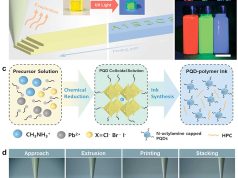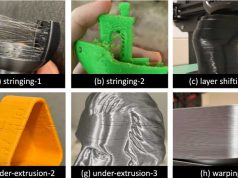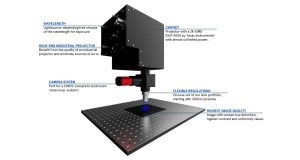To explore the unique locomotion of sea turtles, scientists at the University of Notre Dame have developed a robotic turtle prototype. The robot mimics the adaptability of real turtles with 3D-printed shells and form-flexible silicone fins. Tests will examine how the animals move on different surfaces. The findings could help build more adaptable robots.
“The sea turtle’s unique body shape, the morphology of their flippers and their varied gait patterns makes them very adaptable,” said Yasemin Ozkan-Aydin, assistant professor of electrical engineering at the University of Notre Dame and a roboticist.
“Mimicking this adaptability is challenging because it requires an intricate understanding of how morphology, flexibility and gait interact with the environment. Studying how sea turtles adapt their gaits to traverse complex and varied terrains can help us design more versatile robots.”
Ozkan-Aydin, electrical engineering doctoral student Nnamdi Chikere and graduate student John Simon McElroy, a Naughton Scholar at University College Dublin, have designed and built a robotic turtle that they are testing in various environments on Notre Dame’s campus. Their robot mimics the propulsion of a real sea turtle: its front flippers move it forward, while its smaller rear flippers allow it to change direction.
The main components of the turtle robot include an oval body, four independently controlled fins, an on-board electronic control unit, a multi-sensor device and a battery. The frame and fin joints are 3D-printed with a solid polymer, while the fins are molded from silicone that combines flexibility and rigidity.
“To maximize adaptability and versatility, we studied the locomotion patterns of different species and incorporated the most effective aspects from each,” Ozkan-Aydin said.
The robot’s design is based on data from zoological studies of the morphology, gait patterns and flipper flexibility of various sea turtle species. Ozkan-Aydin is particularly interested in the young of this species, as they are especially vulnerable and have to travel dangerous distances from the nest to the sea.
Another goal of the project is to use these robotic turtles to safely guide real turtle hatchlings to the sea, minimizing the risks at this critical stage.
“Our hope is to use these baby sea turtle robots to safely guide sea turtle hatchlings to the ocean and minimize the risks they face during this critical period,” Ozkan-Aydin said.
Subscribe to our Newsletter
3DPresso is a weekly newsletter that links to the most exciting global stories from the 3D printing and additive manufacturing industry.
























